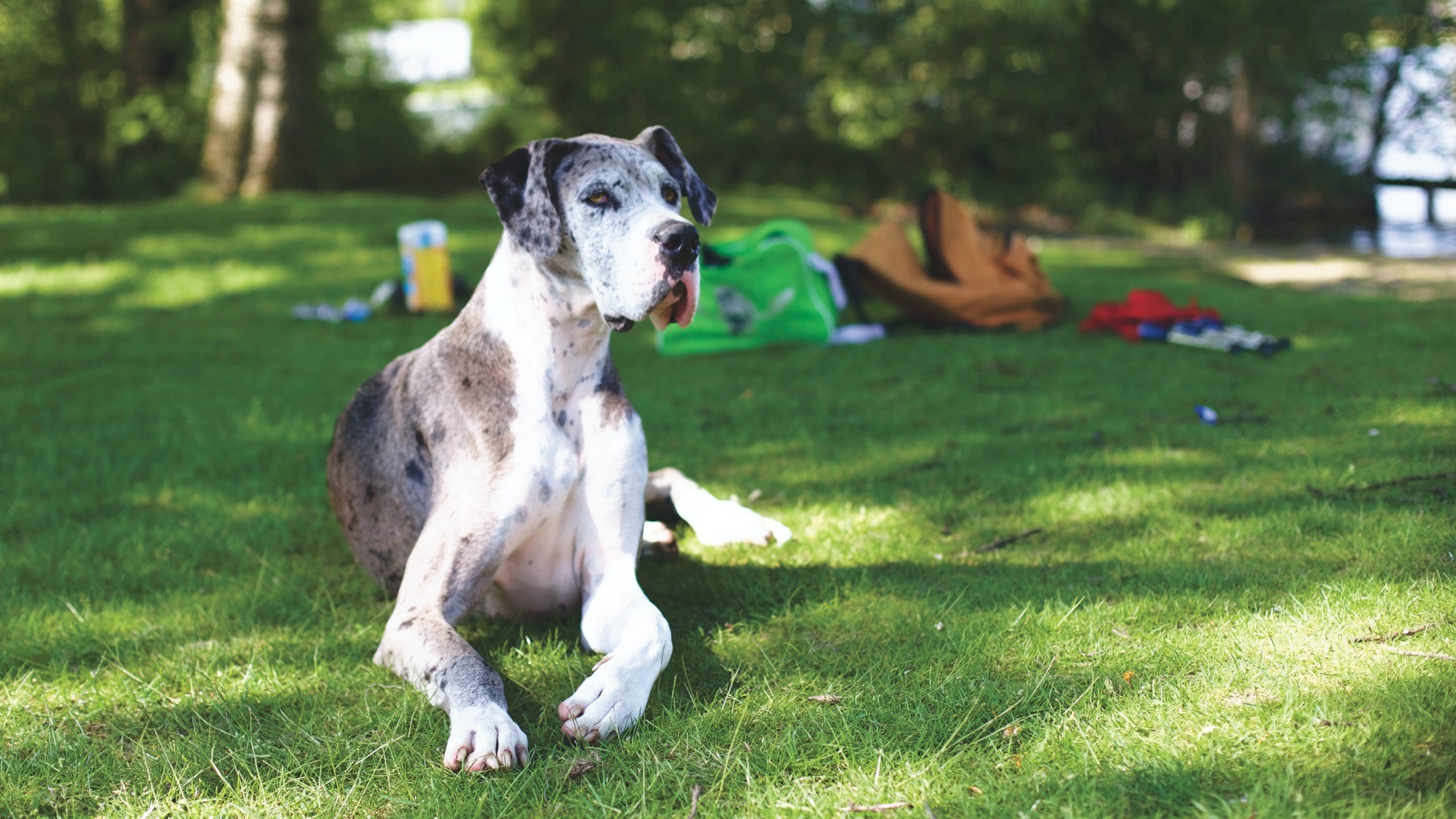Discovering that your dog has eaten clumping cat litter can be alarming. Many dog owners experience panic upon realizing their furry friend has ingested something potentially harmful. Recognizing the implications and knowing how to respond can help ease your concerns.
Immediate Concerns
Clumping cat litter is designed to absorb moisture and form solid clumps for easy cleaning. However, it is not meant for dogs. If your dog has consumed clumping cat litter, assess the situation immediately. Look for signs of distress such as vomiting, diarrhea, lethargy, or discomfort. These symptoms may indicate a negative reaction.
One major concern with clumping cat litter is the risk of gastrointestinal blockages. The material can expand in the stomach, potentially leading to a blockage that may require medical attention. If your dog shows any troubling symptoms or appears to be in pain, contact your veterinarian or an emergency animal clinic promptly. They may recommend bringing your dog in for an examination to rule out serious concerns.
Monitoring Your Dog
If your dog seems fine and shows no signs of distress, it’s still wise to monitor them closely. Watch for any changes in behavior over the next few hours. While many dogs may not experience adverse effects after ingesting clumping cat litter, some may not show immediate reactions.
When reaching out to your veterinarian, provide detailed information, including your dog’s breed, age, weight, and any symptoms. Let them know how much litter your dog ingested and when it happened. This information will help determine the appropriate course of action. In some cases, inducing vomiting may be recommended if the ingestion was recent and your dog is stable.
Veterinary Care
Do not attempt to induce vomiting at home without veterinary guidance. Incorrect methods can lead to further complications. If your vet advises inducing vomiting, they will give you clear instructions on how to proceed safely.
At the veterinary clinic, your dog may undergo a physical examination and imaging tests like X-rays to check for blockages. Treatment will depend on the severity of the situation. If a blockage exists, surgery may be required to remove the ingested litter. If the ingestion was minor and no blockage is present, your vet may recommend monitoring and supportive care, such as ensuring hydration.
Consider the Type of Litter
Consider the specific brand of clumping cat litter your dog ingested. Some brands contain additives like fragrances or chemicals that could pose additional risks. Sharing this information with your veterinarian can influence their assessment and treatment plan.
Prevention Strategies
To prevent similar incidents in the future, store cat litter in locations that dogs cannot access. Using covered litter boxes or placing them in rooms off-limits to your dog can be effective. Training your dog to avoid specific areas of the house can also help. Positive reinforcement techniques can teach appropriate behaviors and keep them safe from harmful substances.
If your dog has a tendency to eat non-food items, consider evaluating their diet and overall health. This behavior can stem from boredom, anxiety, or nutritional deficiencies. Providing mental stimulation through interactive toys, regular exercise, and engaging training sessions can help curb these tendencies. If you suspect a medical issue is at play, consult your veterinarian for further evaluation.
Moving Forward
Feeling a mix of relief and concern after this incident is natural. Even if your dog appears fine, the experience can be unsettling. Remember that many pet owners face similar challenges, and staying informed is key to handling unexpected situations.
Educate yourself about potential hazards in your home to keep your pet safe. Familiarize yourself with common household items toxic to dogs and take steps to keep them out of reach. Simple measures like using pet-safe products and securing trash cans can significantly reduce the risk of future incidents.
Recognize that dogs are naturally curious creatures who explore their environment with their mouths. Understanding this behavior can help you create a safer home.
If your dog consumes clumping cat litter, remain calm and take appropriate action. Monitoring their behavior, consulting with your veterinarian, and implementing preventive measures will help ensure your dog stays healthy and safe.
Your responsibility as a dog owner is to provide a safe, loving environment for your pet. By remaining proactive and informed, you can help prevent incidents like this in the future. Seeking help and asking questions is always appropriate. Your veterinarian is a valuable resource dedicated to keeping your dog healthy and happy.
The bond between you and your dog is built on trust and care. By being attentive to their needs and behaviors, you foster a relationship that can withstand occasional challenges. Every experience, even the difficult ones, offers opportunities for growth and understanding.



